How Technology is Transforming Education Systems
Is Tech for Education Leaving Students Behind? Unpacking the Future of Learning
Imagine a classroom where every student learns at their own pace, receives personalized feedback instantly, and has access to a universe of knowledge at their fingertips. Sounds like science fiction? Not anymore. The integration of technology into learning is rapidly transforming the educational landscape. But are we truly leveraging the power of Tech for Education to its full potential? With a growing demand for skilled workers and a need for more engaging learning experiences, understanding the evolving role of EdTech is more critical than ever. This comprehensive guide delves into the current state, future trends, challenges, and best practices surrounding technology in education, offering insights for educators, administrators, and anyone interested in the future of learning.
Key Concepts & Trends
The intersection of technology and education is a dynamic space, constantly evolving with new tools and approaches. Several key concepts and trends are shaping the future of learning. Personalized Learning is no longer a buzzword but a core expectation. Adaptive learning platforms, powered by artificial intelligence (AI), analyze student performance in real-time and adjust the difficulty and content accordingly. Think of it like a GPS for learning, guiding each student along a tailored path. Real-world examples include platforms like Knewton and ALEKS, which provide customized learning experiences for math and science.
Another significant trend is the rise of Immersive Learning, leveraging technologies like Virtual Reality (VR) and Augmented Reality (AR) to create engaging and interactive learning environments. Students can virtually explore ancient Rome, dissect a frog without the mess, or practice complex surgical procedures in a safe, simulated setting. Companies like VictoryXR and Labster are leading the way in developing compelling VR and AR educational content.
Gamification continues to be a powerful tool for boosting student engagement. Incorporating game mechanics like points, badges, and leaderboards into learning activities can make education more fun and motivating. Platforms like Classcraft and Kahoot! demonstrate the effectiveness of gamification in fostering a positive learning environment. Furthermore, the increasing accessibility of cloud computing allows for seamless collaboration and access to learning resources from anywhere.
Data & Market Insights
The EdTech market is experiencing exponential growth. According to a report by HolonIQ, the global EdTech market is projected to reach $404 billion by 2030, growing at a CAGR of 9.5%. This growth is fueled by increasing internet penetration, the rising demand for personalized learning, and the adoption of digital learning resources. A recent study by McKinsey found that digital learning can improve learning outcomes by up to 30%.
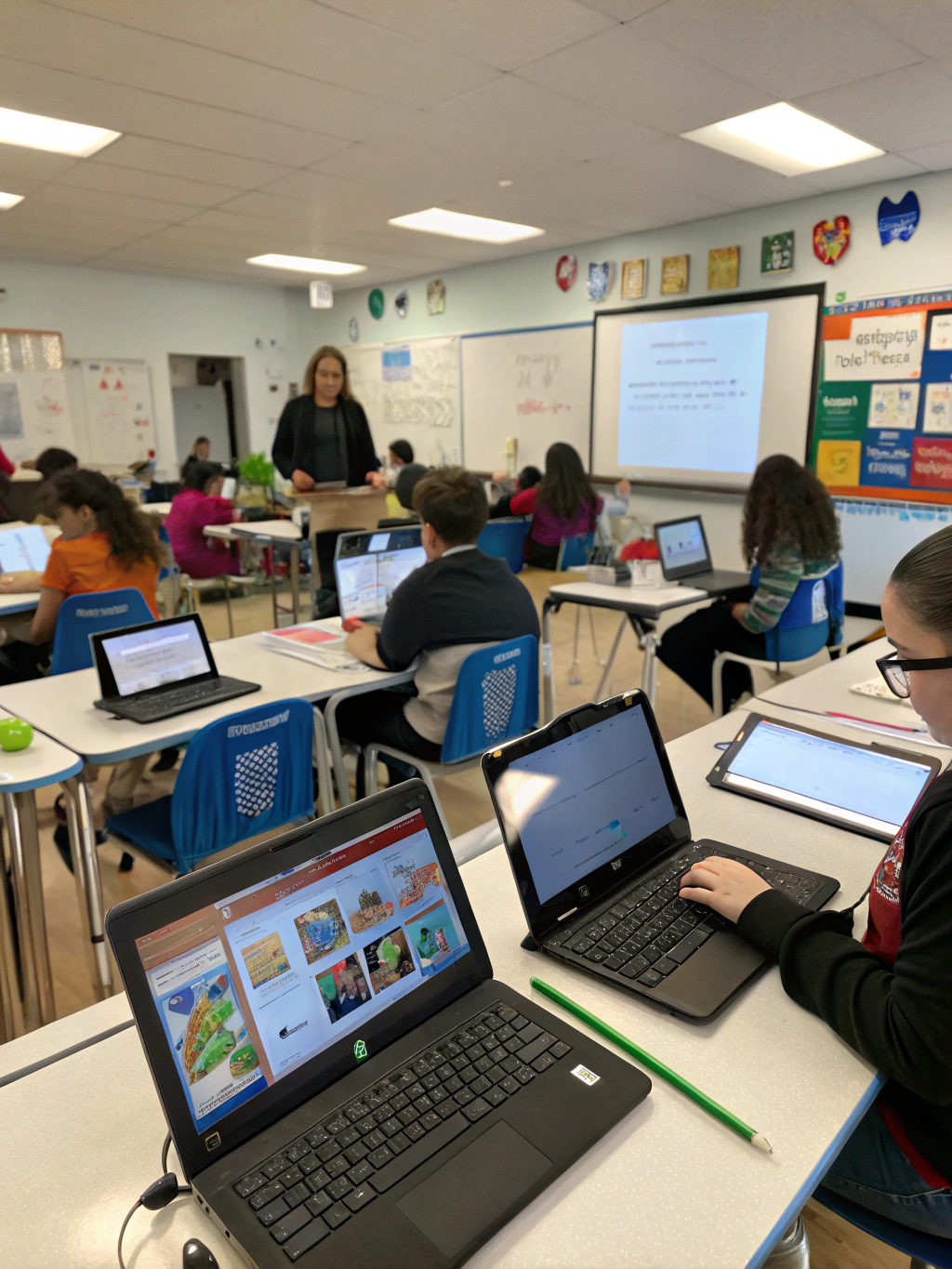
The pandemic dramatically accelerated the adoption of Tech for Education, forcing educators and institutions to quickly adapt to remote learning models. While the shift back to in-person learning has occurred, many of these digital tools and strategies have become permanent fixtures in the educational landscape. Investment in EdTech startups is also booming, with venture capital funding reaching record highs in recent years. This influx of capital is driving innovation and the development of new educational technologies.
Smarter Strategies & Alternatives
Simply implementing technology isn’t enough; a strategic approach is crucial. Educators should focus on integrating Tech for Education in ways that enhance teaching and learning, rather than replacing traditional methods entirely. Blended learning, which combines online and in-person instruction, is a highly effective model.
One alternative gaining traction is the use of open educational resources (OER) – freely accessible teaching and learning materials. OER can significantly reduce the cost of education and provide access to high-quality resources for students and educators alike. Platforms like OpenStax and MIT OpenCourseware offer a wealth of OER.
Furthermore, leveraging data analytics can provide valuable insights into student performance and learning patterns, enabling educators to personalize instruction and intervene proactively when students are struggling.
Use Cases & Applications
The applications of Tech for Education are vast and varied. In higher education, AI-powered chatbots are providing students with instant support and answering frequently asked questions. In K-12, interactive simulations are bringing science lessons to life. Vocational training programs are utilizing virtual reality to provide hands-on experience in high-demand fields like healthcare and manufacturing.
Startups are pioneering innovative solutions. Companies like Quizlet are leveraging spaced repetition and gamification to help students master vocabulary and concepts. Others are developing platforms that facilitate collaborative learning and peer-to-peer support. Thought leaders in the field emphasize the importance of focusing on digital literacy and equipping students with the skills they need to thrive in a digital world.
Common Mistakes to Avoid
Despite the potential benefits, there are common pitfalls to avoid when implementing Tech for Education. One frequent mistake is focusing on the technology itself rather than the pedagogy. Technology should be a tool to enhance teaching and learning, not the driving force.
Another common error is inadequate teacher training. Educators need to be fully equipped to use new technologies effectively. Providing ongoing professional development and support is essential for successful EdTech integration. Additionally, overlooking accessibility for students with disabilities can create barriers to learning. Ensuring that all technology is accessible to all students is a critical responsibility.
Maintenance, Security & Long-Term Planning
Maintaining Tech for Education solutions requires ongoing effort. Regular software updates, security patches, and technical support are essential to ensure stability and prevent disruptions. Cybersecurity is paramount, especially with the increasing threat of cyberattacks. Implementing robust security measures and educating users about online safety is crucial.
Long-term planning involves considering scalability, funding, and regulatory considerations. Educational institutions need to develop a sustainable EdTech strategy that aligns with their overall goals and budget.
Summary & Key Takeaways
Tech for Education has the power to revolutionize learning, making it more personalized, engaging, and effective. From adaptive learning platforms to immersive technologies, a wealth of tools and resources are available to enhance the educational experience. However, successful EdTech integration requires a strategic approach, ongoing teacher training, and a commitment to accessibility and security.
Ready to explore the latest EdTech innovations? Click here to discover more about Tech for Education. Share your thoughts on the future of learning in the comments below!
FAQs
Is it too late to invest in EdTech? No! The EdTech market is still in its early stages of growth, offering significant investment opportunities.
How can small businesses use AI for education? Small businesses can use AI-powered tools for personalized learning recommendations, automated grading, and creating engaging educational content.
What tech stacks scale best for educational institutions? Cloud-based platforms and open-source solutions tend to scale best for educational institutions, offering flexibility and cost-effectiveness.
How can I ensure equitable access to EdTech for all students? Ensure affordable internet access, provide devices, and offer training for both students and teachers.
Share this content:
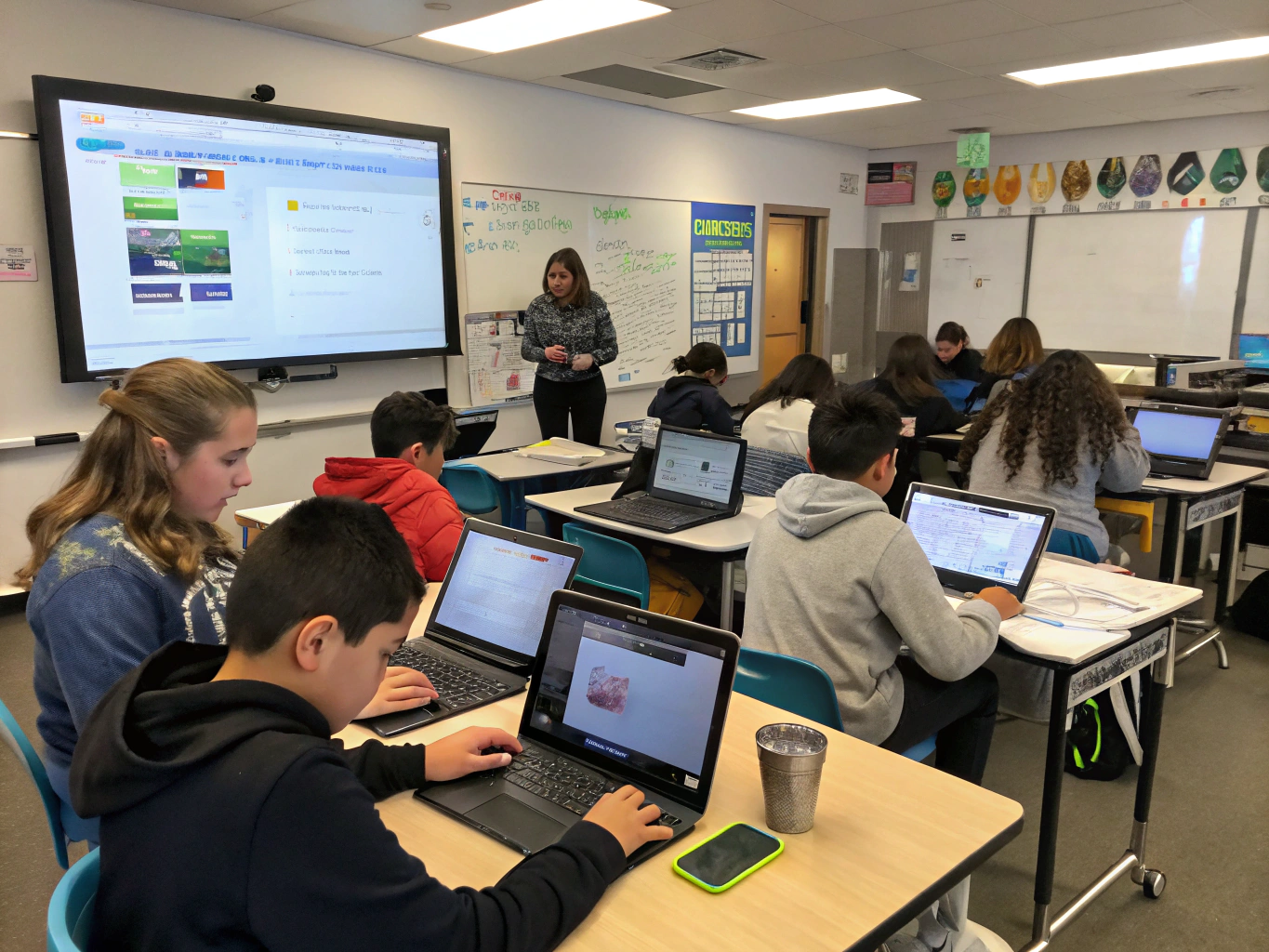

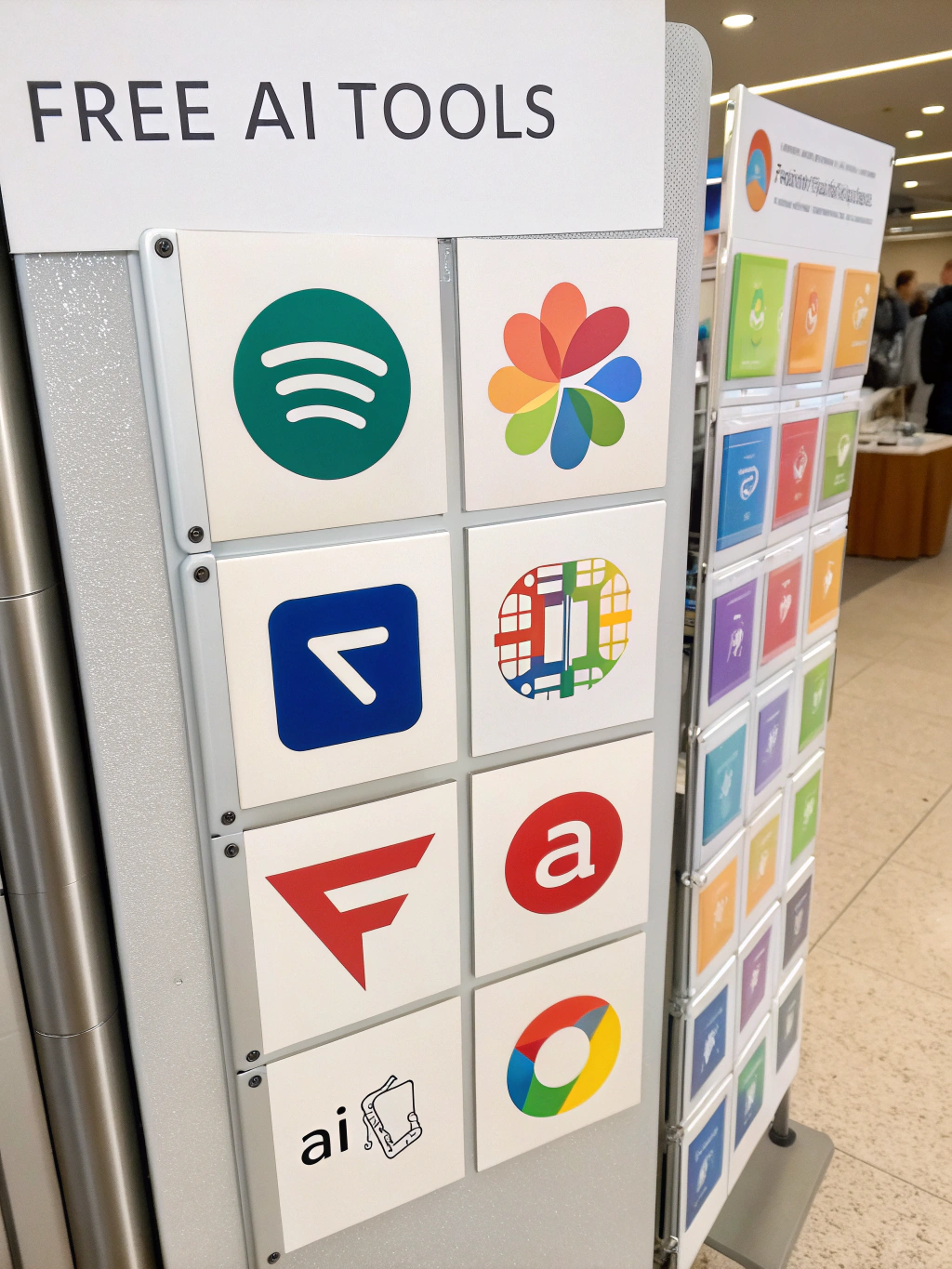


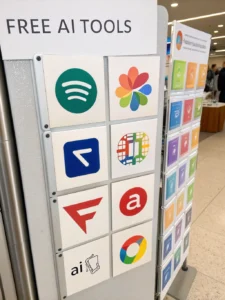



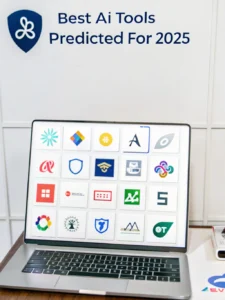
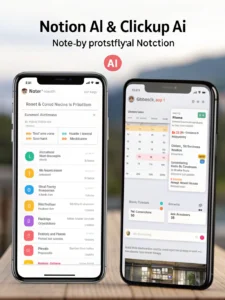
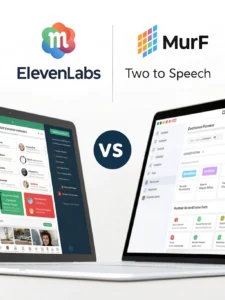


Post Comment